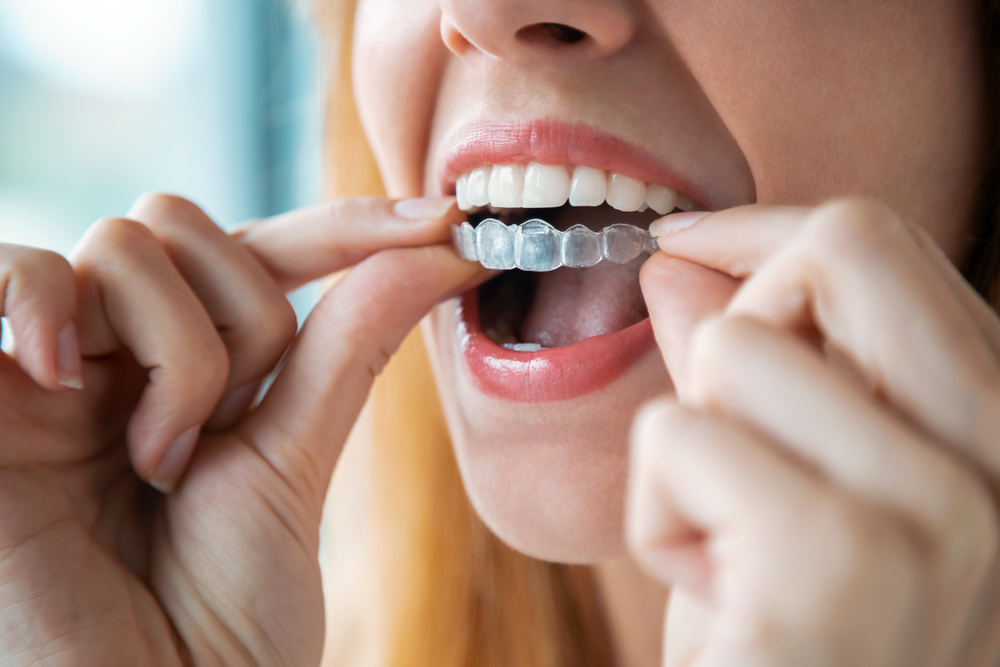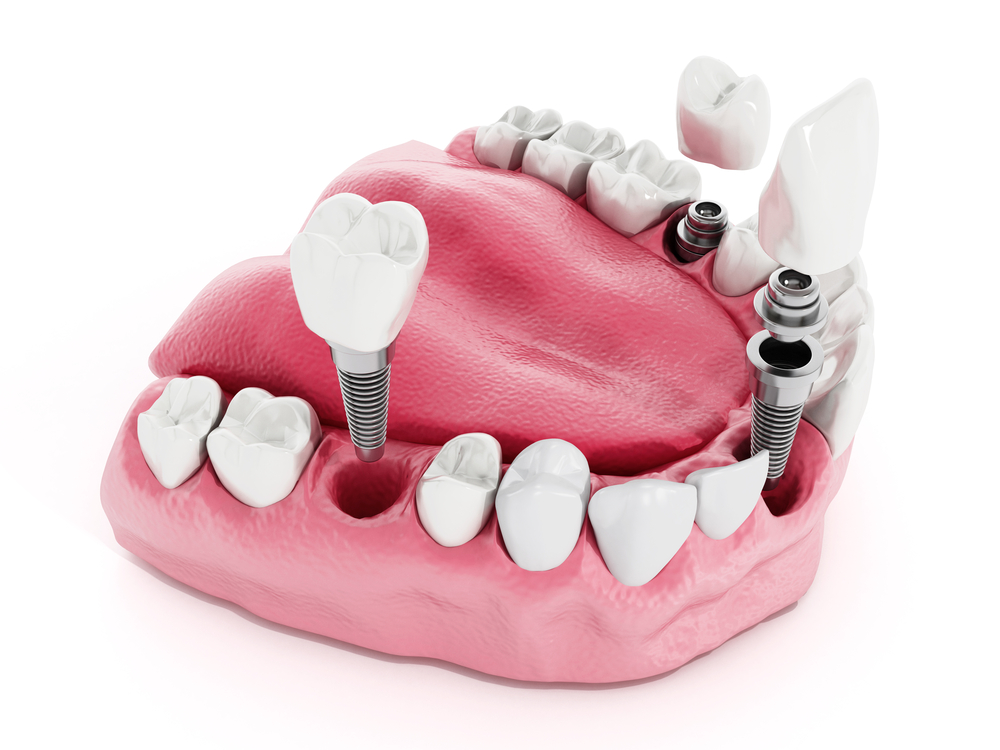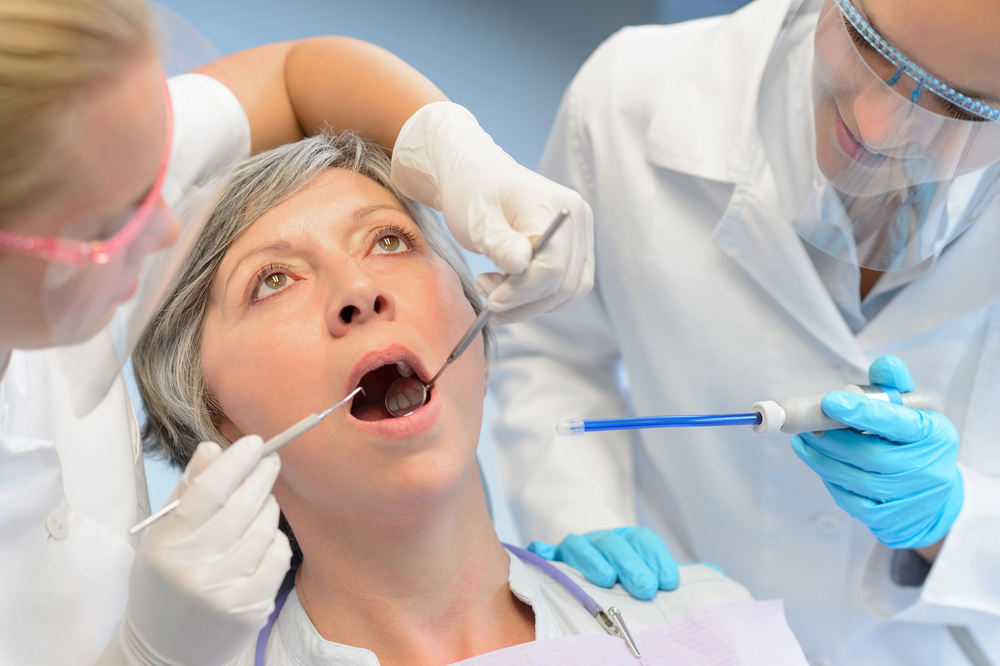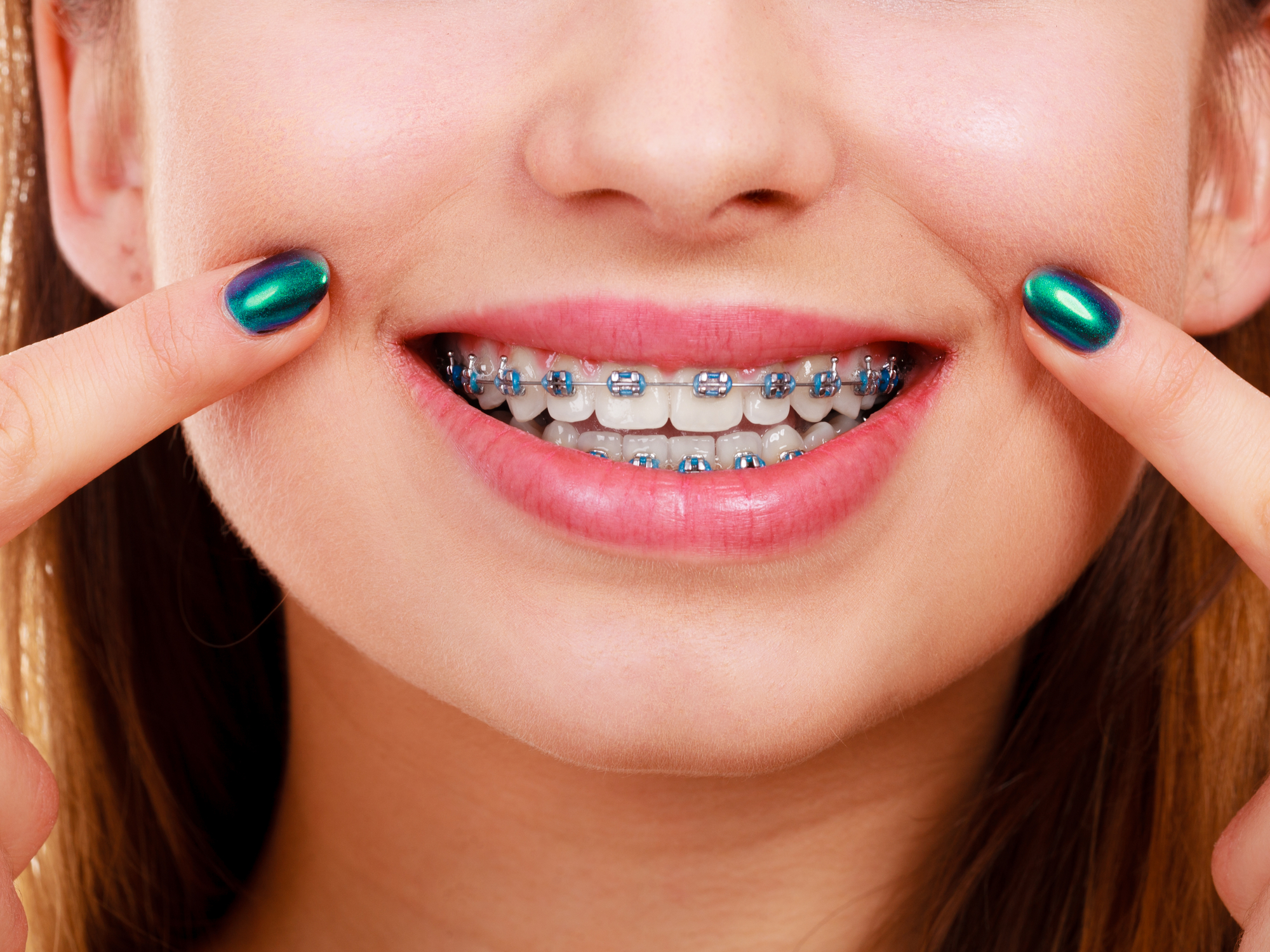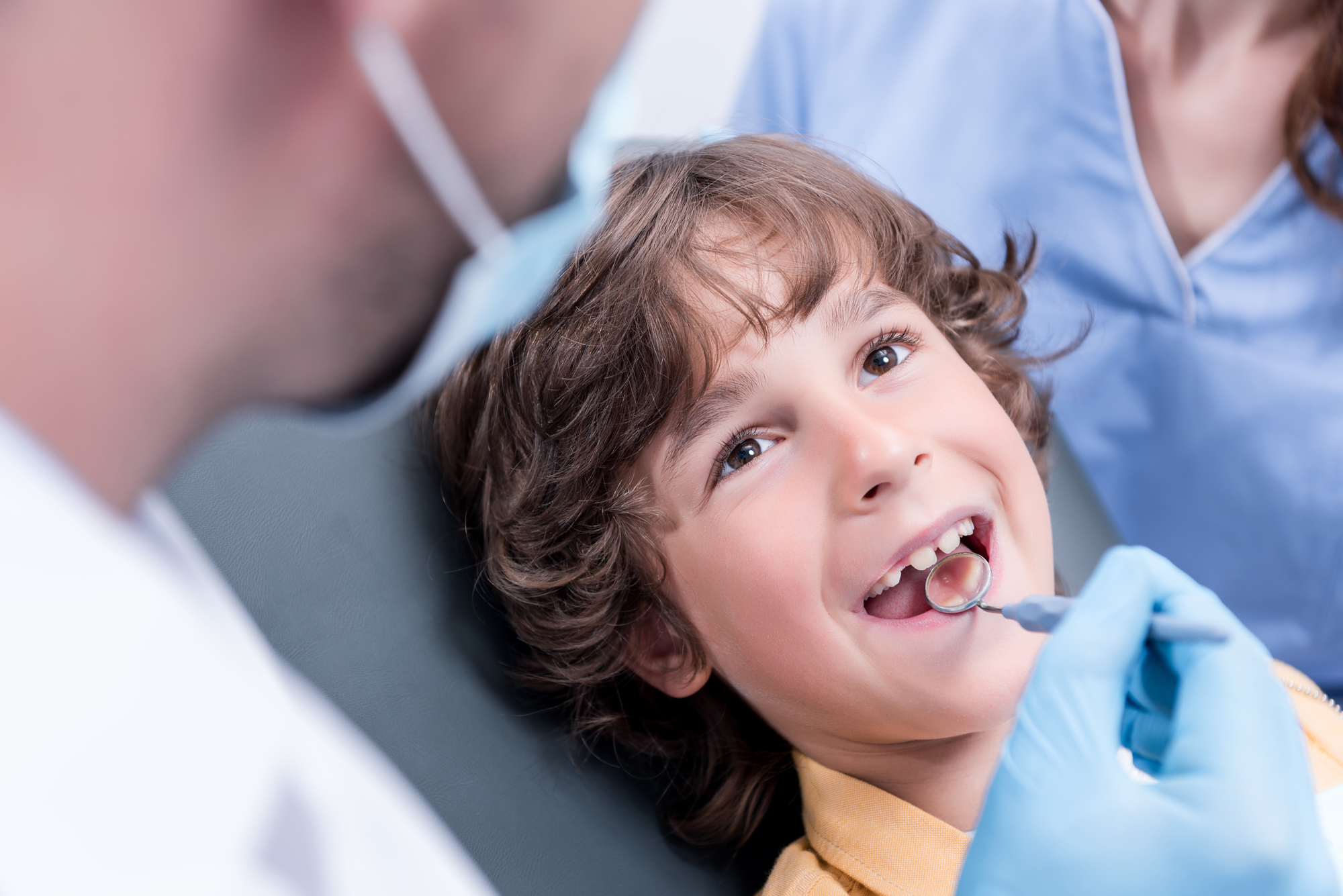In the glamorous world of Hollywood, where the red carpet gleams and camera flashes never cease, maintaining a perfect smile is a critical aspect of a celebrity’s image. The quest for dental perfection has given rise to the field of celebrity orthodontics, a specialized branch of dentistry dedicated to crafting those enviable smiles seen on the silver screen. From traditional metal braces to the latest in clear aligner technology, such as celebrities have a plethora of options to choose from. This article explores the journey of celebrities through orthodontic treatments, focusing on the advancements in materials and techniques, particularly the rise of prestige Invisalign providers.
The Evolution of Celebrity Orthodontics
Orthodontics for celebrities has evolved significantly over the decades. In the early days, metal braces were the only option, and many stars opted to avoid orthodontic treatment to sidestep the “brace face” stigma. However, as technology advanced, so did the options available to these image-conscious individuals.
Traditional Metal Braces
Despite their bulky appearance, traditional metal braces have a long history of successfully correcting dental issues. These braces are composed of high-grade stainless steel brackets and wires that gradually move teeth into the desired position. Celebrities who have worn metal braces include Tom Cruise and Dakota Fanning. Their willingness to embrace this classic orthodontic solution demonstrates that even A-list stars sometimes rely on the tried-and-true methods for achieving perfect teeth alignment.
Ceramic Braces
An improvement over traditional metal braces, ceramic braces offer a less conspicuous option. They function similarly to metal braces but use tooth-colored or clear brackets that blend with the natural color of teeth, making them less noticeable. Emma Watson and Gwen Stefani are examples of celebrities who have opted for ceramic braces. This choice reflects a preference for a balance between effectiveness and aesthetic appeal during orthodontic treatment.
The Rise of Invisalign
The advent of Invisalign marked a revolutionary shift in the field of orthodontics, particularly for celebrities. Invisalign aligners are clear, removable trays that gradually shift teeth into place without the need for brackets or wires. This innovation has made orthodontic treatment virtually invisible, a significant advantage for those constantly in the public eye.
Prestige Invisalign providers cater specifically to the needs of high-profile clients, offering discreet, customized treatment plans. Invisalign’s appeal lies in its convenience and subtlety. Stars like Justin Bieber, Khloé Kardashian, and Eva Longoria have all turned to Invisalign to perfect their smiles. The aligners can be removed for photoshoots, events, and filming, providing unparalleled flexibility that traditional braces cannot match.
Celebrity Orthodontic Choices: A Matter of Image
The choice between Invisalign, ceramic braces, and other orthodontic treatments often boils down to personal preference and professional needs. For instance, musicians like Gwen Stefani, who opted for ceramic braces, may prioritize the durability and effectiveness of their treatment over invisibility, whereas actors such as Justin Bieber prefer Invisalign to maintain their on-screen allure without any visual interruption.
Prestige Invisalign Providers: The Elite Option
In the realm of celebrity orthodontics, prestige Invisalign providers represent the pinnacle of expertise and service. These providers have extensive experience and a track record of successful treatments, catering to the unique demands of their high-profile clientele. They offer personalized care, advanced technology, and a level of discretion that is paramount for celebrities.
These elite practitioners not only ensure the best possible outcome but also provide a seamless experience that fits into the hectic schedules of their clients. From digital scans to precise aligner fittings, every step is tailored to maintain the star’s image and comfort. The result is a flawless smile achieved with minimal disruption to their public and professional lives.
The Impact of Orthodontics on Celebrity Careers
A perfect smile can significantly impact a celebrity’s career, enhancing their public image and confidence. Whether it’s an actor landing a leading role or a singer captivating audiences with their charisma, a well-aligned set of teeth plays a crucial role. Orthodontic treatments, therefore, are not just about aesthetics but also about professional success.
The Psychological Boost
Beyond physical appearance, orthodontic treatment can provide a significant psychological boost. Confidence in one’s smile translates to overall self-assurance, which is vital for celebrities constantly under public scrutiny. The discreet nature of Invisalign and the aesthetic appeal of ceramic braces help maintain this confidence throughout the treatment process.
Celebrity braces, from traditional metal to modern Invisalign aligners, have come a long way in enhancing the smiles of those in the limelight. The field of celebrity orthodontics continues to innovate, with prestige Invisalign providers leading the charge in offering discreet, effective, and personalized treatments. As technology advances, the options for achieving that perfect Hollywood smile will only expand, ensuring that celebrities can maintain their image while undergoing orthodontic treatment. In a world where a smile can make or break a career, the importance of these advancements cannot be overstated.


